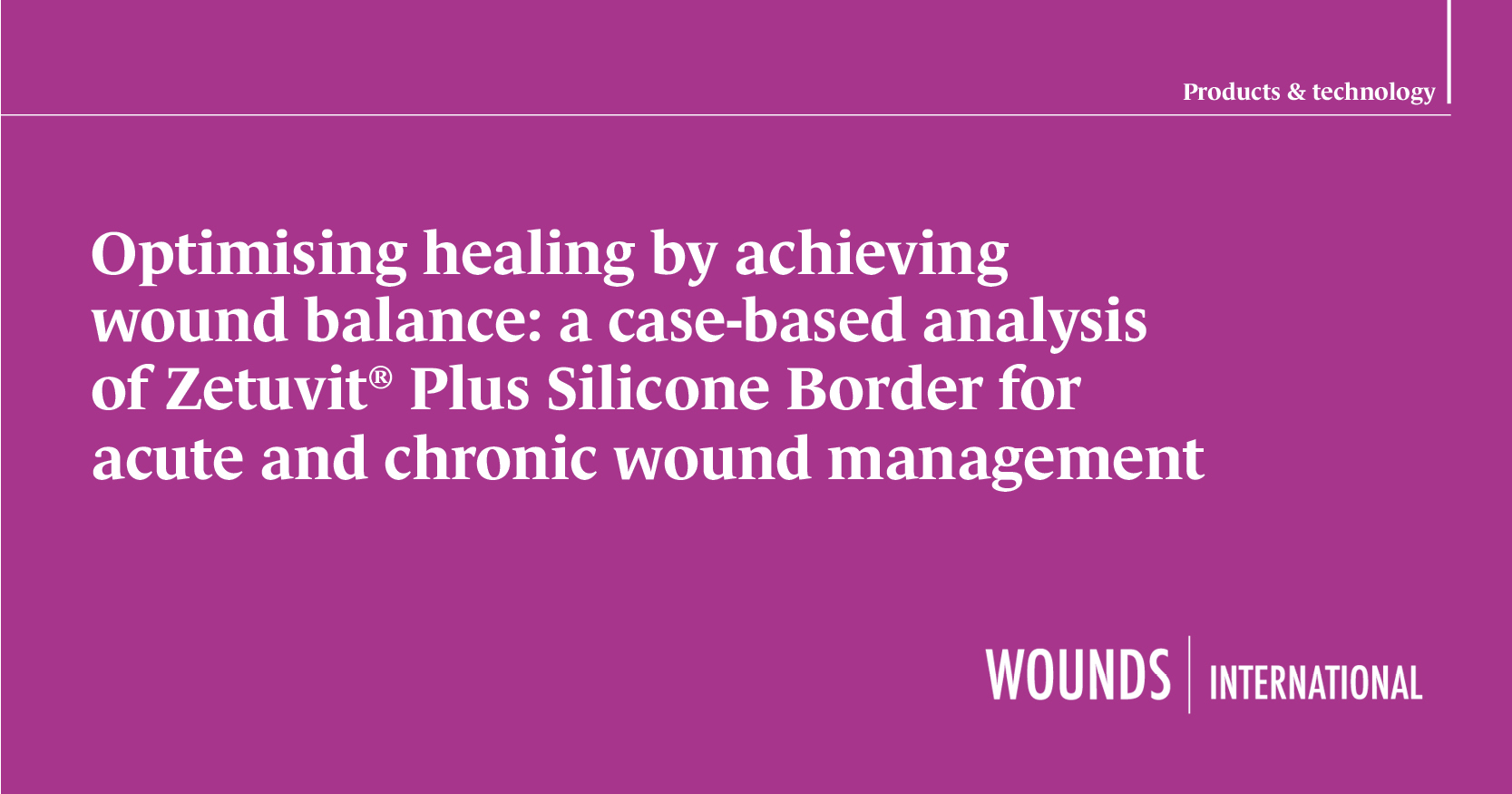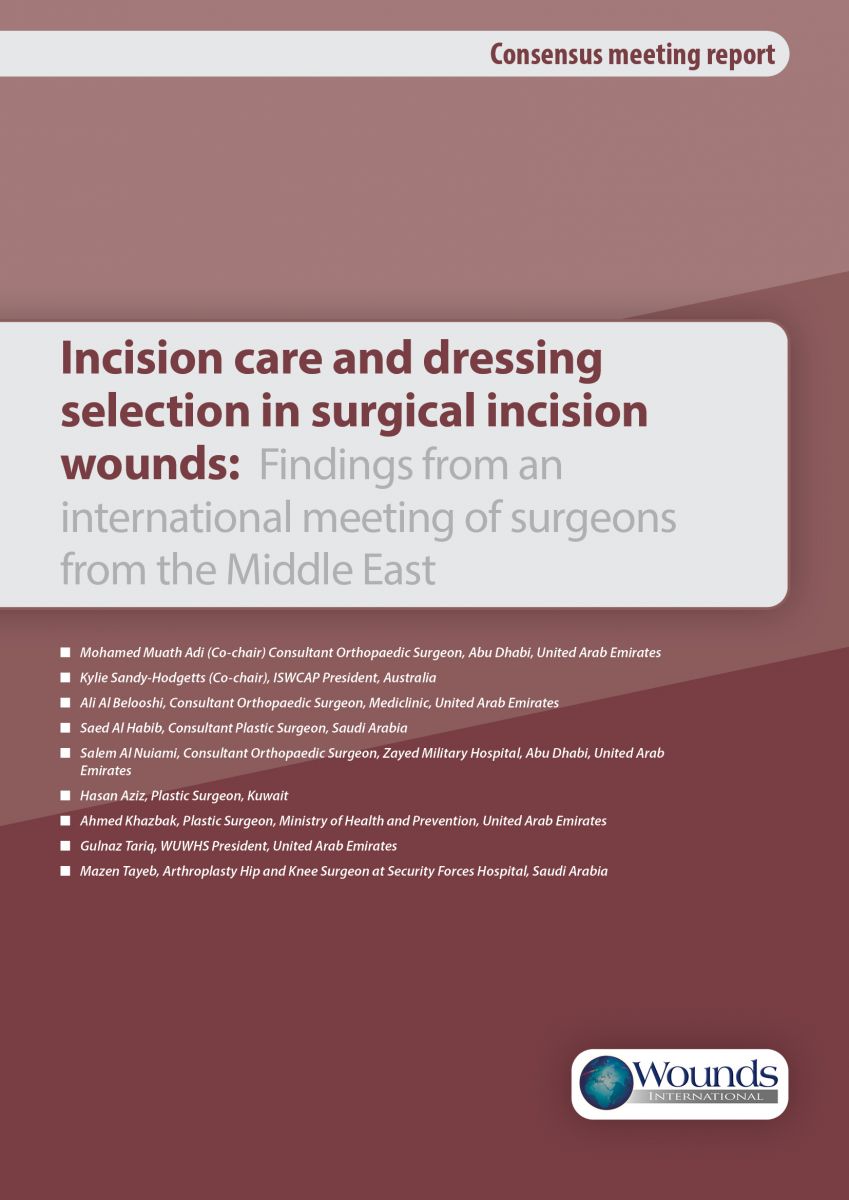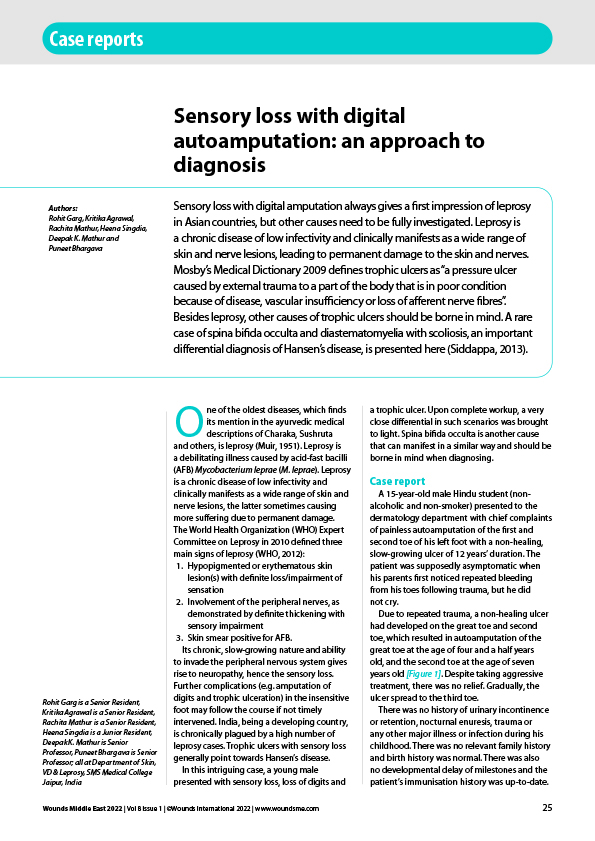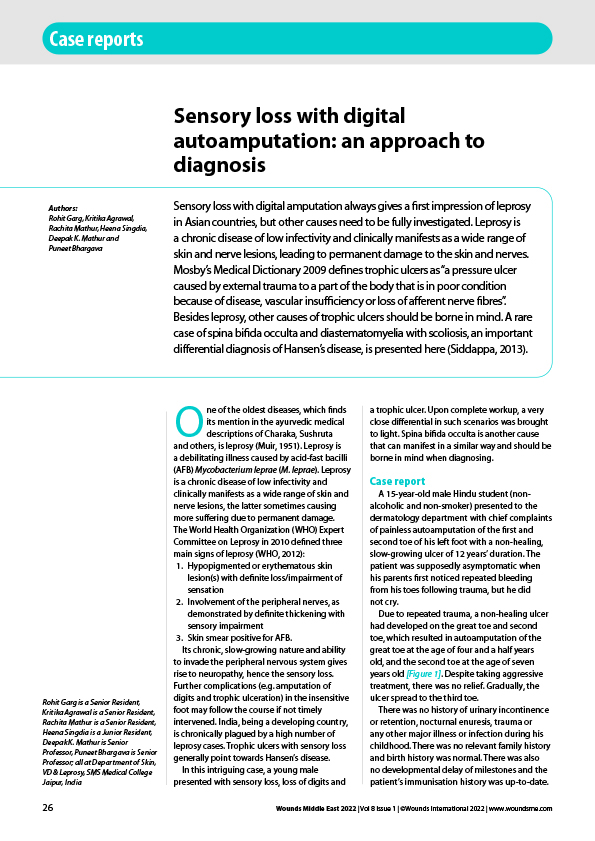<p>This study was conducted to investigate the relationship between haemoglobin and blood glucose levels with the risk of pressure ulcer development in patients after open-heart surgery. Background: Patients with chronic diseases are at high risk of developing pressure ulcers and it is still a major problem in the intensive care unit. The incidence of pressure ulcers in patients undergoing cardiac surgery is reported as 45–47%. Methodology: This descriptive study was conducted on 82 patients undergoing cardiac surgery in the special open-heart surgery unit at the Qazvin Bu-Ali Sina hospital (Iran) from March 2016 to April 2016. The Braden scale was used to predict pressure ulcer risk. In addition, the researchers recorded demographic data and haemoglobin and blood glucose levels on a daily basis. Data were collected using patient records and observation and were analysed using descriptive statistics, Pearson correlation coefficient and Independent t-test via SPSS software. Findings: Pressure ulcers were observed in 27 patients after open-heart surgery. There was no significant correlation between haemoglobin and blood glucose levels and pressure ulcer risk. However, blood glucose levels in patients with a pressure ulcer were lower than those without a pressure ulcer within the first 3 days of hospitalisation. Conclusion: The findings of this study can be utilized in planning for examining pressure ulcers in patients after open-heart surgery. The main risk factors associated with increased pressure ulcer risk included increased duration of hospitalisation and increased age. Patients should be consistently checked by nurses for signs of pressure ulcer development.</p>




